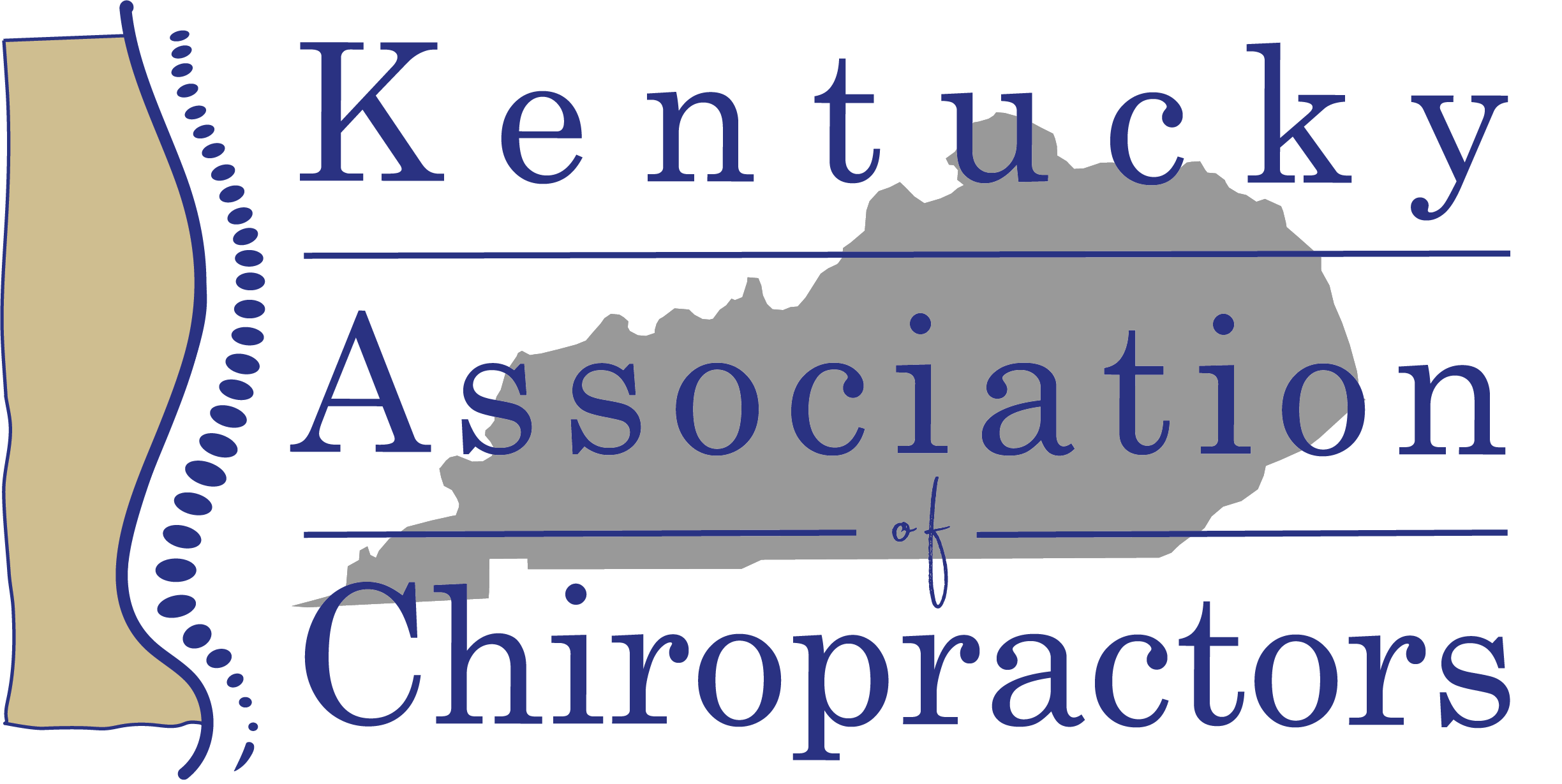by Heidi Haavik 1,Imran Khan Niazi 1,2,3,*,Nitika Kumari 1,2,Imran Amjad 1,4,Jenna Duehr 1 andKelly Holt 1,*
Full text article here: https://www.mdpi.com/1648-9144/57/6/536/htm
Abstract
The current COVID-19 pandemic has necessitated the need to find healthcare solutions that boost or support immunity. There is some evidence that high-velocity, low-amplitude (HVLA) controlled vertebral thrusts have the potential to modulate immune mediators. However, the mechanisms of the link between HVLA controlled vertebral thrusts and neuroimmune function and the associated potential clinical implications are less clear. This review aims to elucidate the underlying mechanisms that can explain the HVLA controlled vertebral thrust–neuroimmune link and discuss what this link implies for clinical practice and future research needs. A search for relevant articles published up until April 2021 was undertaken. Twenty-three published papers were found that explored the impact of HVLA controlled vertebral thrusts on neuroimmune markers, of which eighteen found a significant effect. These basic science studies show that HVLA controlled vertebral thrust influence the levels of immune mediators in the body, including neuropeptides, inflammatory markers, and endocrine markers. This narravtive review discusses the most likely mechanisms for how HVLA controlled vertebral thrusts could impact these immune markers. The mechanisms are most likely due to the known changes in proprioceptive processing that occur within the central nervous system (CNS), in particular within the prefrontal cortex, following HVLA spinal thrusts. The prefrontal cortex is involved in the regulation of the autonomic nervous system, the hypothalamic–pituitary–adrenal axis and the immune system. Bi-directional neuro-immune interactions are affected by emotional or pain-related stress. Stress-induced sympathetic nervous system activity also alters vertebral motor control. Therefore, there are biologically plausible direct and indirect mechanisms that link HVLA controlled vertebral thrusts to the immune system, suggesting HVLA controlled vertebral thrusts have the potential to modulate immune function. However, it is not yet known whether HVLA controlled vertebral thrusts have a clinically relevant impact on immunity. Further research is needed to explore the clinical impact of HVLA controlled vertebral thrusts on immune function.
5. Conclusions
There is substantial evidence suggesting that the nervous system, the hormonal system and the immune system communicate with one another and are intimately linked in their functions [70,93,94,95,96,97]. This communication is essential for the body’s ability to protect itself and involves a variety of immune mediators, including cytokines, neurotransmitters, hormones, and humoral factors [67,68,70,94,116,117,164,234]. Furthermore, the prefrontal cortex is critically involved in regulating the autonomic nervous system, the HPA axis, and the immune system [94,144,145,146,147,148,149,150,151,152,153,154]. Neuro-immune communication is affected by emotional or pain-related stress [69,144,151,195,260,261,262]. Stress activates the SNS and HPA axis to increase inflammation in the body. Stress also suppresses the prefrontal cortex, which in turn reduces its inhibitory control on the HPA axis and inhibits the anti-inflammatory PNS activity. This stress-induced inflammation weakens the immune response [95,98,99,100,101,102,103,104,105,106,107,108,109,110,111,112]. The stress-induced SNS activity also alters the muscle activation patterns to impair vertebral motor control [283,284,285], thus can cause the establishment of CSMC problems. HVLA controlled vertebral thrusts have been shown to affect vertebral motor control [123,124,125,128,131,135], the prefrontal cortex [134], and the levels of immune mediators in the body that are important for a healthy immune response [15,16,17,18,19,20,21,22,23,24,25,26,27,28,29,30,31,32]. Although there is a biologically plausible mechanism for how HVLA controlled vertebral thrusts may influence the immune system, it is not yet known whether these changes have a clinically relevant impact on immunity [55]. More large-scale clinical trials are needed to understand whether HVLA controlled vertebral thrusts can improve immunity or recovery from illness.



